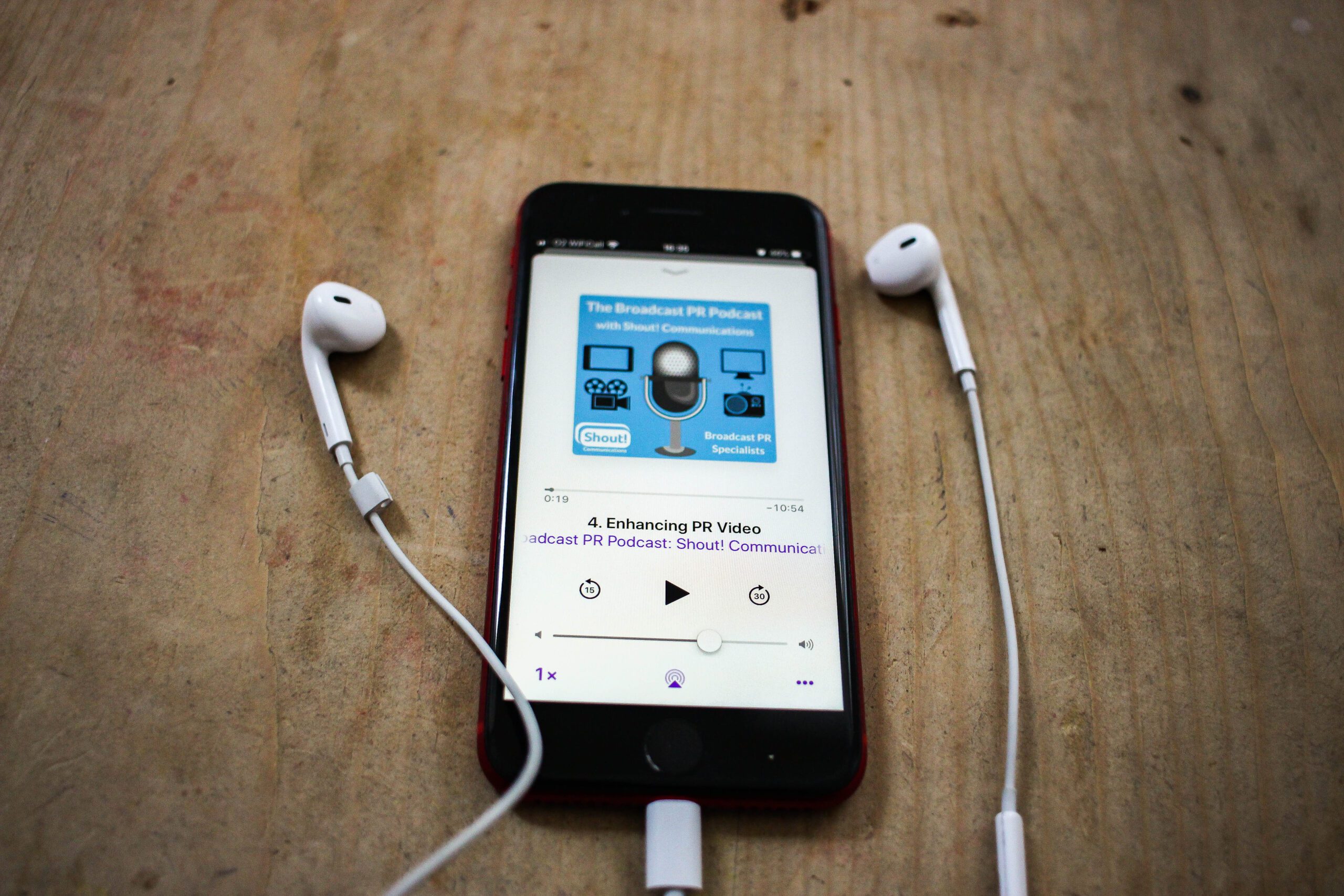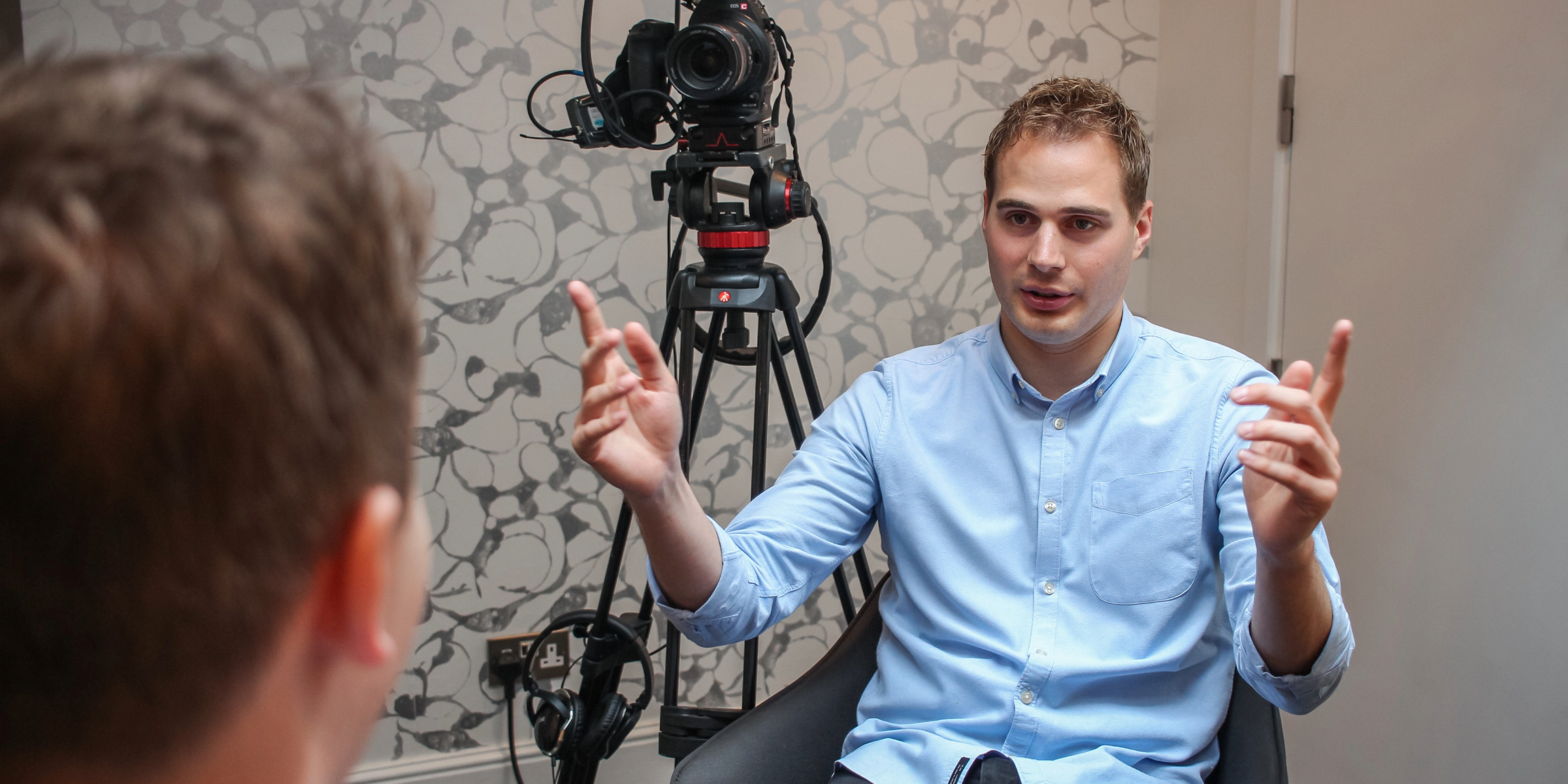There is no stopping the current popularity of podcasts. It’s estimated that more than 7 million people in the UK regularly listen to podcasts each week- that’s around 1 in 8 of us.
The BBC has its own podcast commissioning editor and there are even awards.
But why should you consider a corporate podcast series? In my opinion, there are two main reasons.
The first is about claiming space and marking territory in your world. Podcasts are a great way of showing authority, suggesting your brand has taken control as a market leader, expressing opinions and views to others.
The second reason is that, in a world of extreme connectivity, podcasts are another way of building networks. Use them on social media, add a link into a newsletter or have them stand alone on the many platforms, such as iTunes, Apple or Stitcher to be “found”.
Audiences
Whilst radio and television generally aim to reach the broadest audiences, podcasts are more narrow-casting, often working best for niche interest groups. Podcasts are no longer about “listen again”, they’re about extra available content, that you can’t get anywhere else.
That’s why, once you’ve defined what you want to achieve with your podcast, you next need to identify who your target audience is. If you have a specific demographic in mind you may change the style of the podcast accordingly. The guests, the music and topics for discussion can vary hugely, depending on who you want to listen.
Demographically speaking the largest podcast audience is aged 25-34; that’s worth knowing if you’re trying to create mass appeal.
Preparation, Preparation, Preparation!
The best podcast productions have a plan which starts with the basics.
All too often clients get carried away with the concept, the ‘talent’ and the cost rather than who is it aimed at? What do you want your listeners to get out of it?
It doesn’t always have to be an all singing all dancing mega production. Sometimes simplicity is just as affective.
The most important thing to remember is that people are giving up their time to listen to your podcast.
The average listen is 43 minutes. To keep your audience engaged for this amount of time you need a lot of content. One presenter interviewing a single guest for the whole episode is a big ask. Both would need to be FAB.
Better to mix it up and break it up with a variety of guests, sound effects and musical punctuation (stings)
Things That Work
We would always recommend producing a podcast series – a minimum of 3 episodes – rather than a stand-alone one-off podcast. The latter looks like a flop whereas the goal is to engage and grow your audience.
- Aim for the highest production values your budget allows.
- Remember to include a call to action to potentially drive your audience elsewhere and ask your listeners to interact on social media.
Recording your podcast
Most people feel a bit anxious when they’re sitting in front of a microphone! It’s perfectly understandable.
Nerves can make a spokesperson speak quicker than normal but as podcasts are generally pre-recorded some simple breathing exercises can help before you start the recording.
Try not to talk over other contributors. And keep it legal – that’s remembering not to defame anyone and to be careful about copyright. For example you can’t use commercial music whether pop or classical.
Attracting Attention
Your podcast has to stand out and this makes the thumbnail crucial. Although you shouldn’t judge a book by its cover, research shows strong design will influence whether someone chooses your podcast. With so much competition for listeners, the artwork must stand out in order to encourage people to click. Colour and a simple design help.
Remember too that most people access podcasts via a smart phone so they’re looking at a small screen.
Hosting Your Podcast
According to Neilson, YouTube is the dominant platform (70%), followed by Spotify (34%) and iTunes /Apple app. Other directories include Sticher, Deezer, Acast and Audioboom.
Don’t make the mistake of being tied to one platform.
To get your podcast onto a directory such as iTunes or Spotify you need an RSS feed. There are many ways of getting an RSS feed but the most common is using a hosting website such as Libsyn or Buzzsprout. Both are subscription services meaning you will pay a monthly fee for the service of hosting your podcast. Once set up it will give you a link that you share with directories such as iTunes and Spotify to distribute your podcast. The RSS feed means you can upload a podcast a week and it automatically sends out the newest episode to listeners who have subscribed.



